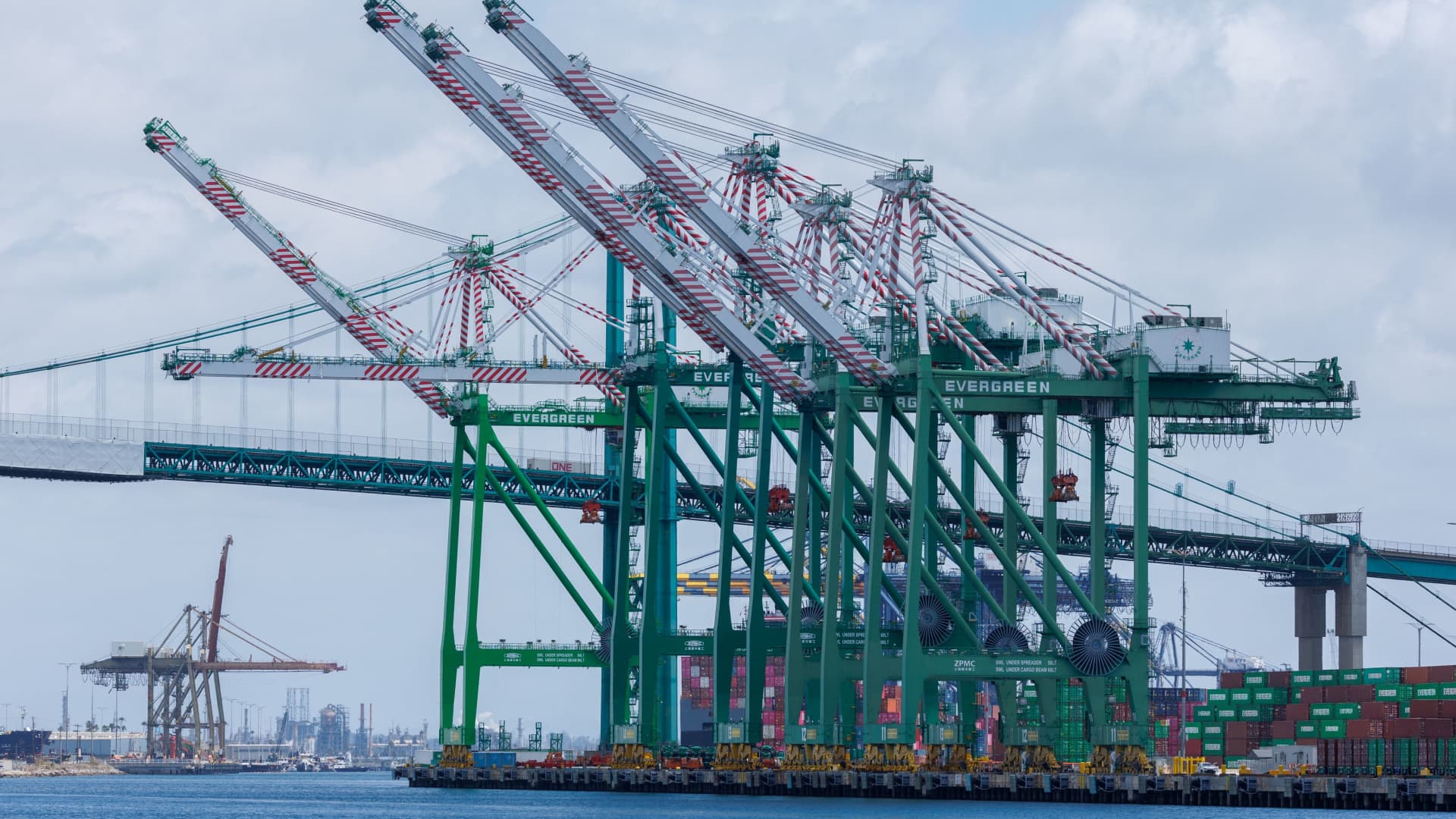Unpacking the April 2025 U.S. Trade Deficit Shift: Trade Policy and Economic Ripples
The narrowing of the U.S. trade deficit in April 2025 represents a pivotal moment in the nation’s economic narrative. Far from a simple statistic, this dramatic reduction unveils complex interactions among trade policies, corporate behaviors, and broader economic trends. Key to understanding this shift is the record plunge in imports, driven largely by past tariff actions and supply chain recalibrations. The layers beneath reveal both opportunity and challenge, with implications that resonate domestically and internationally.
The Import Collapse: Breaking Down the Numbers
April saw U.S. imports tumble by an eye-popping 16.3% to $351 billion, with goods imports falling even more sharply at 19.9%, dipping to $277.9 billion. This marked the largest monthly drop ever recorded, and it upended the surge experienced in earlier months. Particularly affected were consumer goods and motor vehicles, where passenger cars accounted for a substantial portion of the decline.
Why such a drastic drop? Much of this can be traced to the unwinding of “front-loading” — a phenomenon where businesses accelerated importing to dodge impending tariff hikes. When April arrived, that stockpiling frenzy gave way to sharply reduced purchase volumes. The spike in the first quarter thus reversed almost as quickly as it arose, reshaping the trade deficit picture.
Trump’s Tariffs: Redrawing the Trade Map
The tariffs introduced during President Trump’s administration form a critical backdrop to these shifts. With significant duties placed on goods from China, Mexico, and Canada, the economics of importing transformed practically overnight. Initially, the trade landscape reacted with urgent bulk-buying to beat tariff deadlines, driving imports upward.
As this initial rush faded, April’s data indicates a new equilibrium characterized by reduced import enthusiasm. Companies and consumers recalibrated—factoring in higher costs and supply chain uncertainty—reflecting the tariffs’ lingering influence. Still, imports in the year’s first four months remained about 20% higher than in 2024, underscoring that even post-front-loading, baseline import levels bear the imprint of evolving global trade tensions and supply complexities.
Narrowing the Trade Deficit: A Dual-Edged Indicator
The sharp drop in imports paired with a modest 3% increase in exports drove the trade deficit down from a staggering $138.3 billion in March to $61.6 billion in April—a 55.5% plunge. This is the largest monthly contraction on record, a statistic that might initially delight policymakers focused on improving trade balances.
However, the surface story masks a more intricate reality. The contraction appears heavily tied to slowing import demand—potentially signaling waning consumer and business spending rather than pure successes in trade policy. The economic growth side bears mention: the first quarter of 2025 already experienced a 0.2% GDP decline, hinting that reduced imports might be as much a symptom of economic cooling as a cause for celebration.
The Wider Economic and Global Trade Ripple Effects
This import plunge creates repercussions beyond America’s borders. Canada, for instance, saw its trade deficit widen markedly in April, partly due to falling exports to the U.S., revealing direct cross-border vulnerability. Likewise, Asia felt the impact—trade volumes with the U.S. dropped, a result of tariff-induced interruptions that pried open traditional trading and supply chain corridors.
Such disruptions raise fundamental questions about the durability of tariffs as instruments of trade policy. The volatility caused—marked by front-loading and subsequent import plummets—confounds predictability for businesses and markets, which rely on stable patterns for investment and expansion. The global trading system’s fragility surfaces starkly when abrupt policy changes unsettle well-established economic flows.
A Moment of Reckoning: Balancing Protection and Growth
The trade deficit’s sharp narrowing symbolizes more than a numerical shift—it encapsulates a complex interplay between protectionist policies and their unintended consequences. Trump-era tariffs reshaped behaviors, curbing imports but also exposing vulnerabilities in supply chains and economic momentum. This shift underscores that trade strategies designed for short-term gains may carry embedded costs.
While the headline suggests improving balance of trade, the economic undercurrents reveal challenges: slowed domestic demand, international partner strain, and uncertain global market reactions. Policymakers and business leaders face the delicate task of steering toward trade practices that safeguard domestic interests without sacrificing the fluid, reliable exchanges critical for sustained growth.
This crossroads illustrates trade policy’s power to reshape economies rapidly, yet also its capacity to unsettle the equilibrium underpinning healthy international cooperation and economic prosperity. The April 2025 data insists on a nuanced perspective—one that recognizes both the benefits and risks embedded in wielding trade policy as a tool for national economic objectives.











